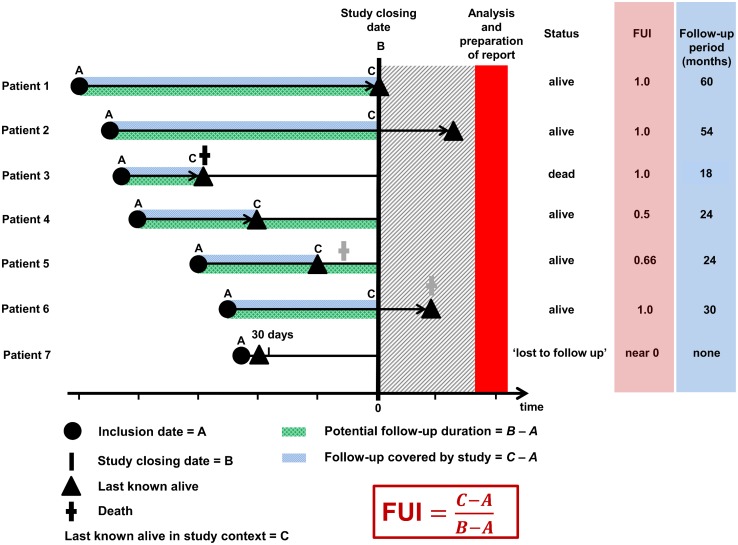Fig 2. Proposed principle of follow-up assessment.
Individual follow-up is characterized by two indicators: absolute duration and completeness. The duration measures the time, for which valid information on the investigated outcome is available (patients 1 to 6), but must end at the study closing date, even if information becomes available thereafter (patients 2 and 6). Similarly, clinical outcome is defined at this very closing date (patient 6). Summary statistics exclude those known to have died (patient 3) as well as those lost to follow-up within 30 days (patient 7). Both subgroups are reported separately as proportions; those who have died with a median time to death. The completeness, in contrast, is expressed as proportion (follow-up index, FUI), calculated as displayed. Patients known to be alive (patients 1 and 2) and patients known to be dead (patient 3) carry a FUI of 1 by default, all others have a FUI between 0 and 1. The unaccounted follow-up period (1 minus FUI) may hide events (patient 5) leading to underestimation bias. Therefore, the closer the FUI to 1 the smaller the risk of selection bias.

